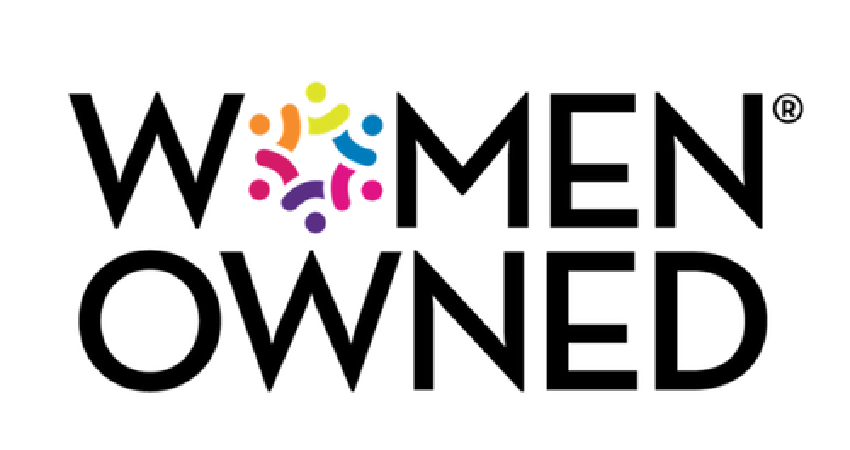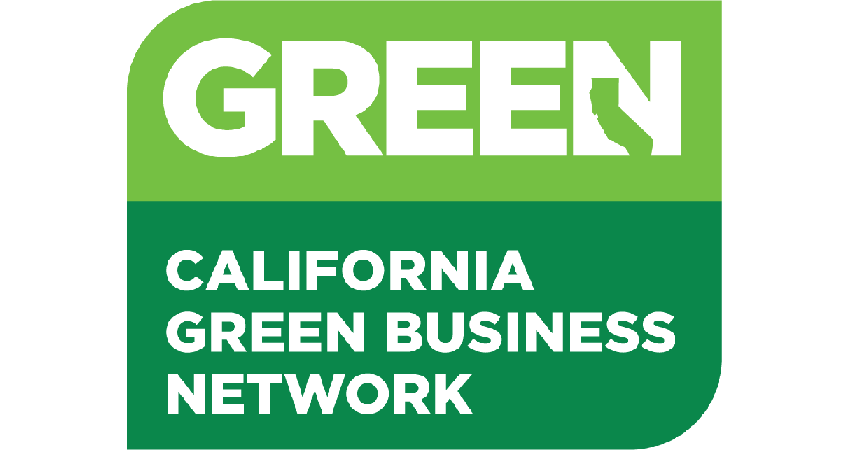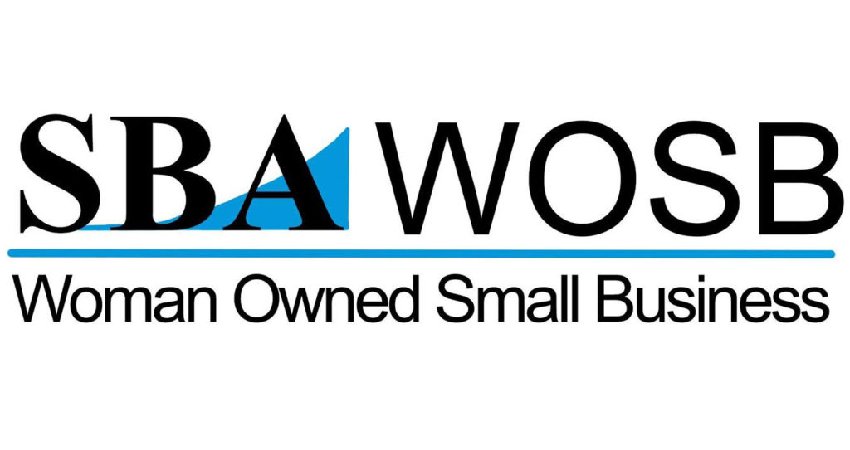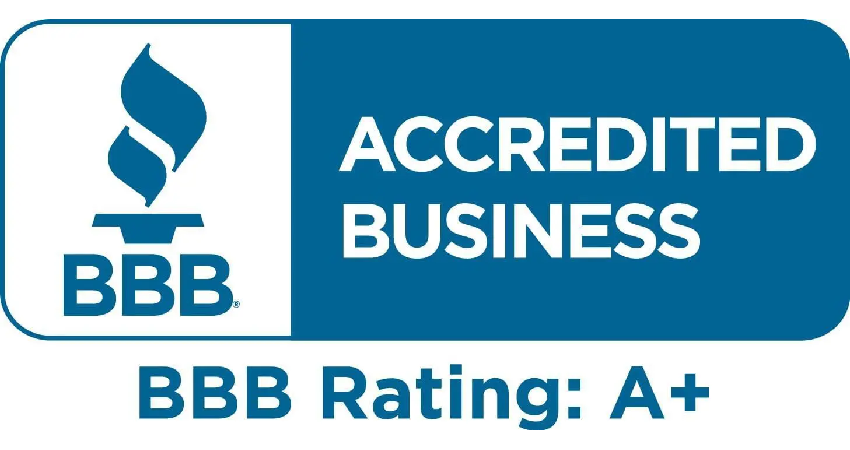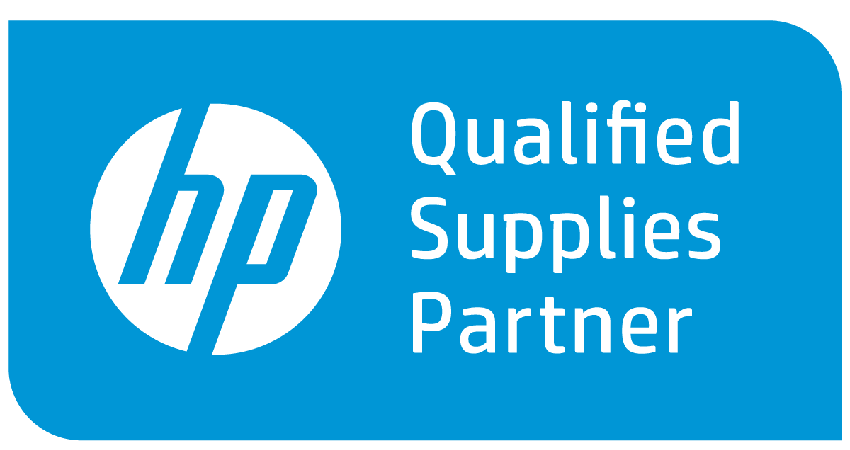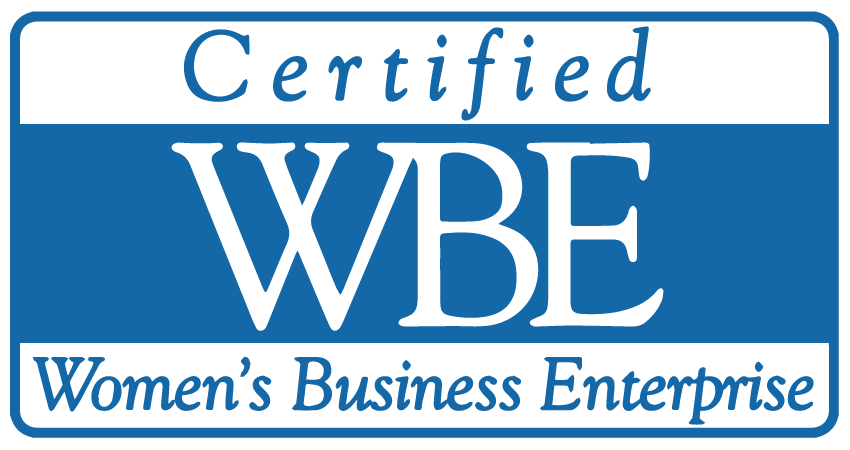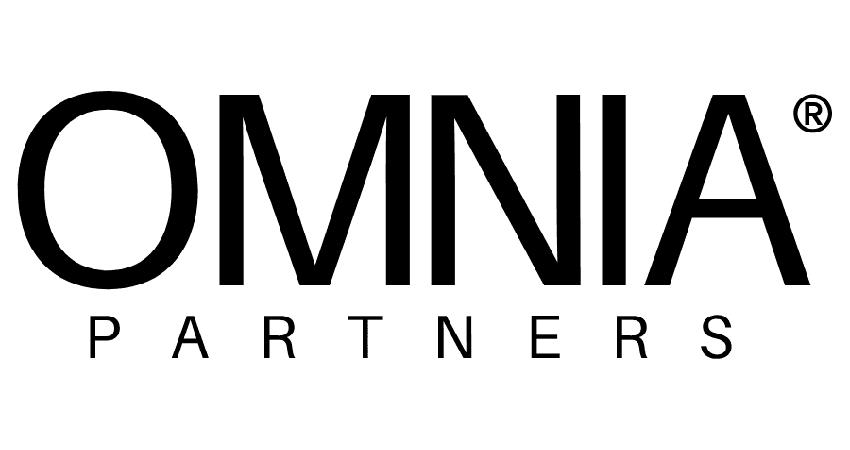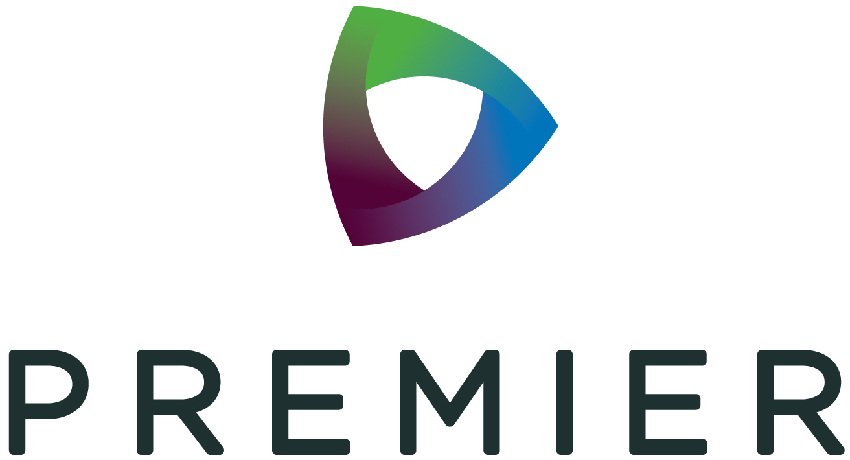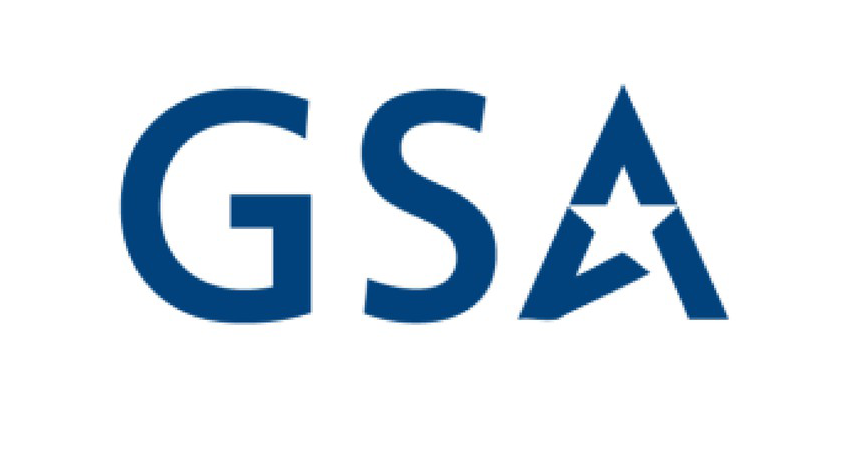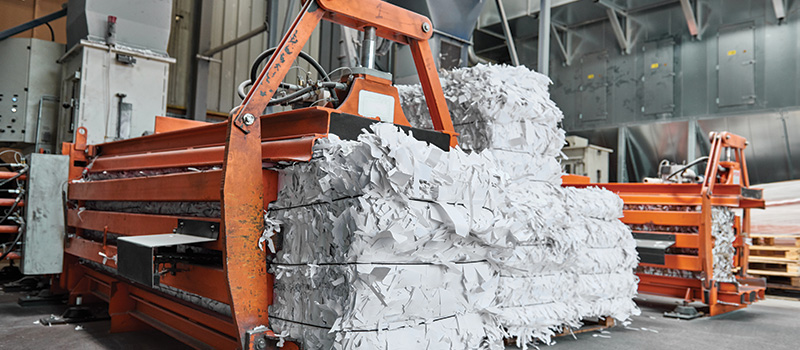Let’s make it a great workday!
At Blaisdell’s, we have everything your business needs. From furniture to facility supplies, from the break room to the board room and every space in between.
Shop NowSpecial offers, sales, and notifications delivered right to your inbox when you subscribe to Blaisdell’s emails!
SIGN UP NOWAt Your Service
Blaisdell’s is the largest woman-owned business products supplier in Northern California. Our friendly and knowledgeable team is here to deliver an exceptional experience. We offer everything you need to run a productive workplace and we take great pride in your complete satisfaction.

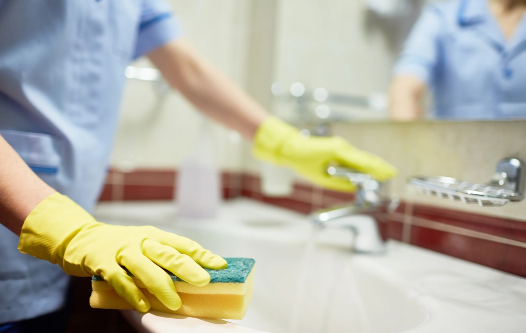
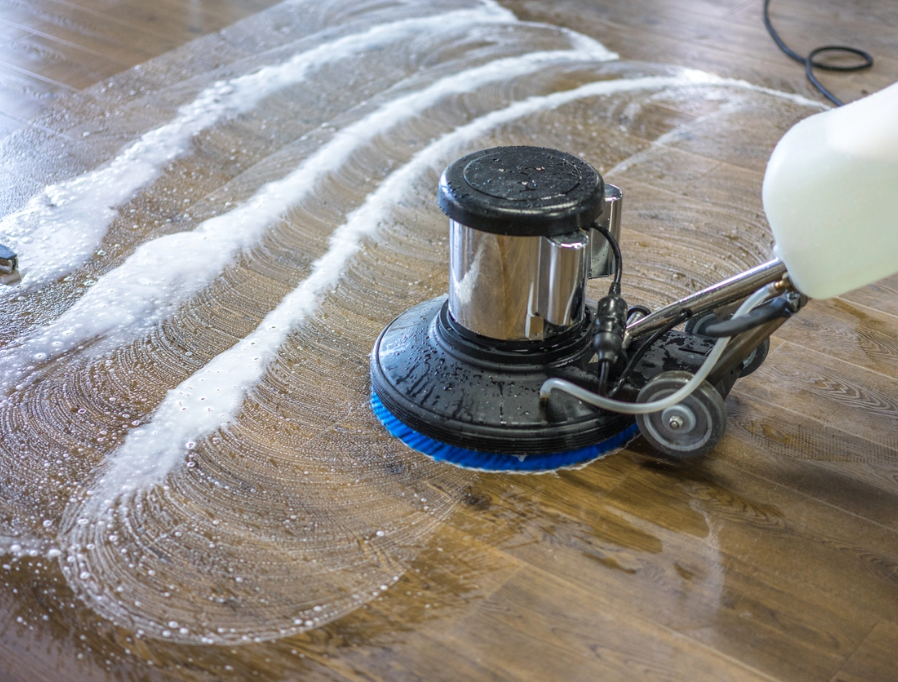
Janitorial Supplies
We make it easy to keep your workplace safe, spotless and sanitized. From the products you need for everyday clean up to professional grade solutions for facilities management. We offer janitorial supplies, equipment, chemicals, towel and tissue products, as well as the facility and personal safety products needed to keep your team safe.





Business Interiors, Furniture and Ergonomics
Turn your space into a stylish, comfortable and productive work environment. Whether you need a single chair, or a complete office renovation, we are here to help with ergonomic guidance and the latest design trends for the way people work today. We’ve got hundreds of furniture styles and brands, from value options to the highest-end lines.
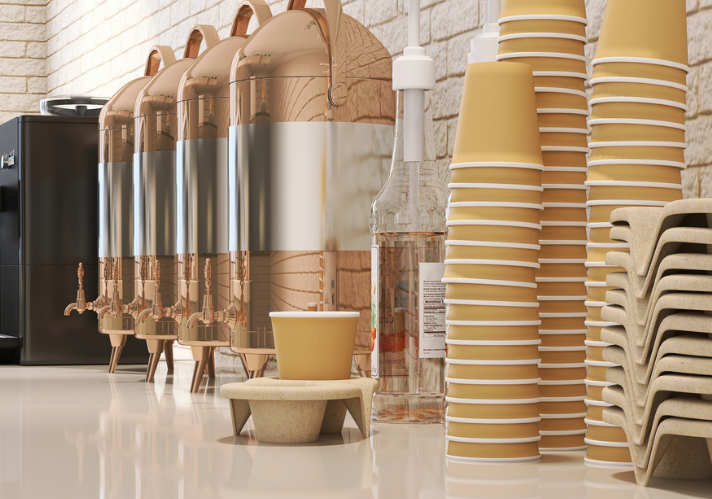

Coffee & Breakroom
From your morning cup of coffee to the snacks that get you through the afternoon meeting, a well-stocked breakroom fuels a happy workday. We provide coffee service, refreshments, snacks (sweet, salty and healthy) and breakroom supplies you need to keep your team energized and connecting with each other throughout the day.
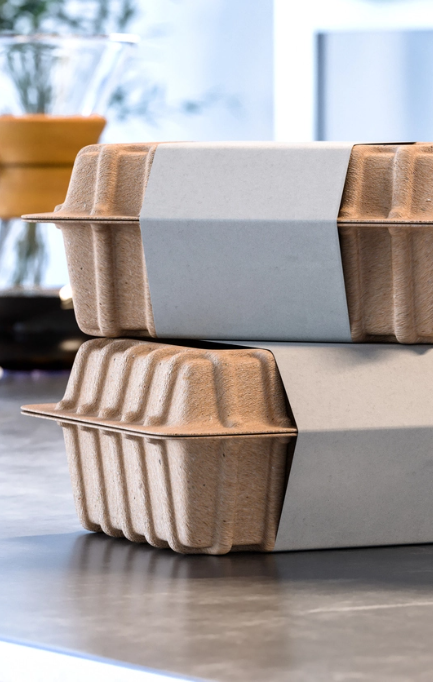
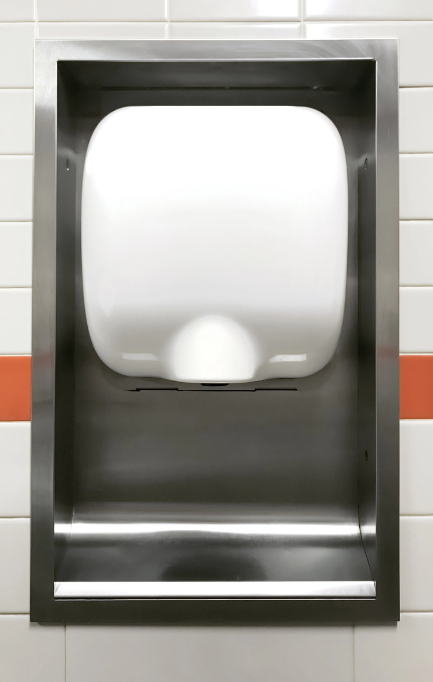


Sustainable Products and Solutions
At Blaisdell’s, we offer over 15,000 recycled, compostable, and biodegradable products to support your sustainability initiatives and goals. Beyond just offering the products we provide the reporting you need to document your sustainable purchases along with recycling solutions to manage the end life of certain products.
Great Deals on Copy Paper by the Carton or Pallet
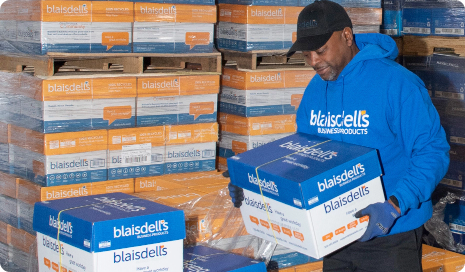
Copy paper is a need for any business. We offer 100’s of options by brand, sheet size, and brightness. Blaisdell’s exclusively branded copy paper offers exceptional value at a competitive price. Select from virgin, 30% and 100% recycled by the carton paired with free, next day delivery.
Community-Focused and Service-Oriented
When you work with Blaisdell’s, you’re choosing a business that’s committed to the community, dedicated to providing great service, and focused on being a great corporate citizen. We are a:
- Certified National Women’s Business Enterprise (WBE)
- Certified Woman-Owned Small Business (WOSB)
- Certified member of the CA Green Business Network
- Member of the 2013-2021 Inner City’s 100 list of Fast-Growing Inner-City Businesses
- Approved Vendor of OMNIA Partners
- BBB A+ Accredited Business
- HP Qualified Supplies Partner
- Top 100 Woman-Owned Business and a Fastest-Growing Bay Area Business (SFBT)

Choose Blaisdell’s
Open a business account with Blaisdell’s and experience how we can improve your workday!




